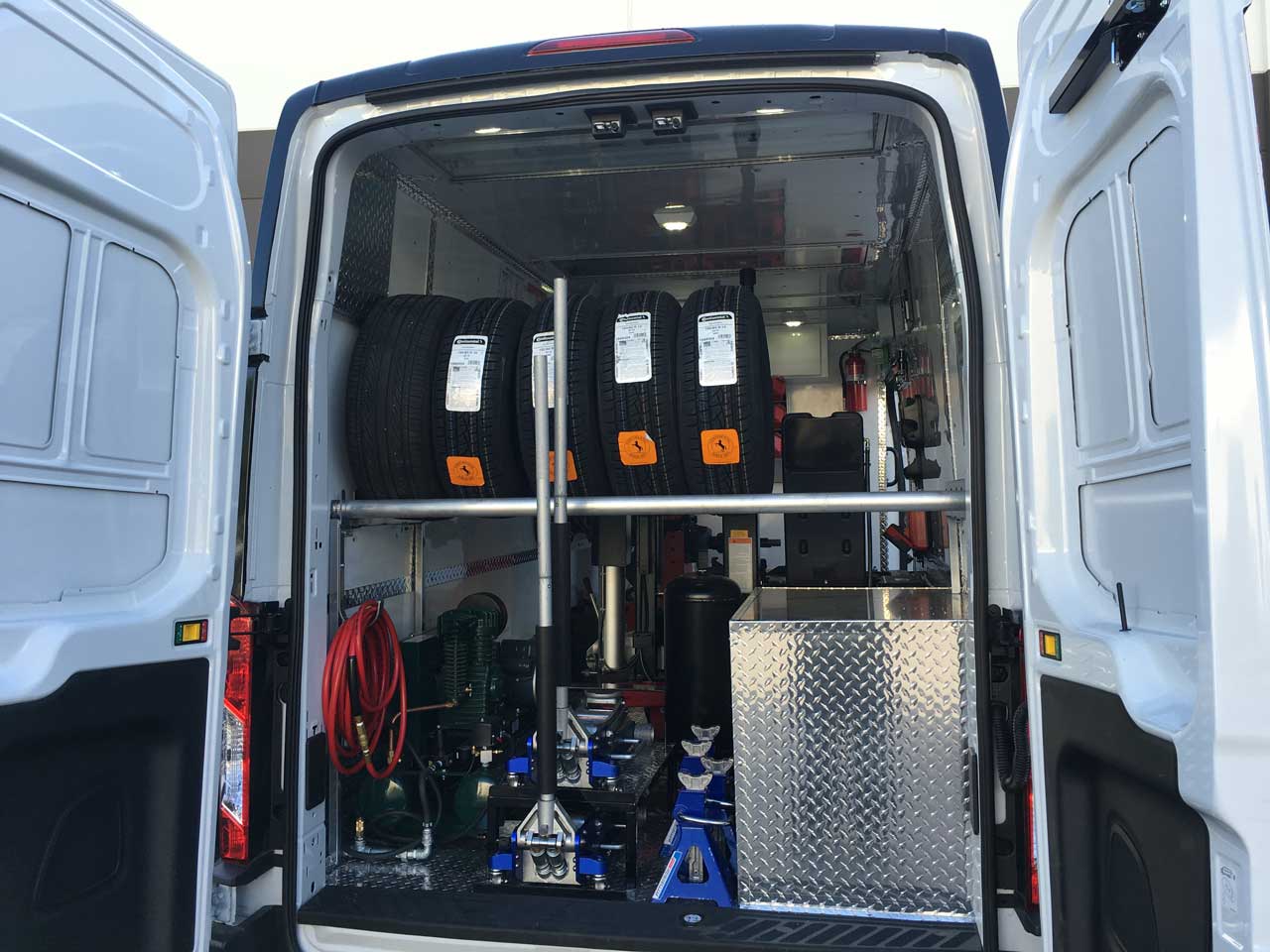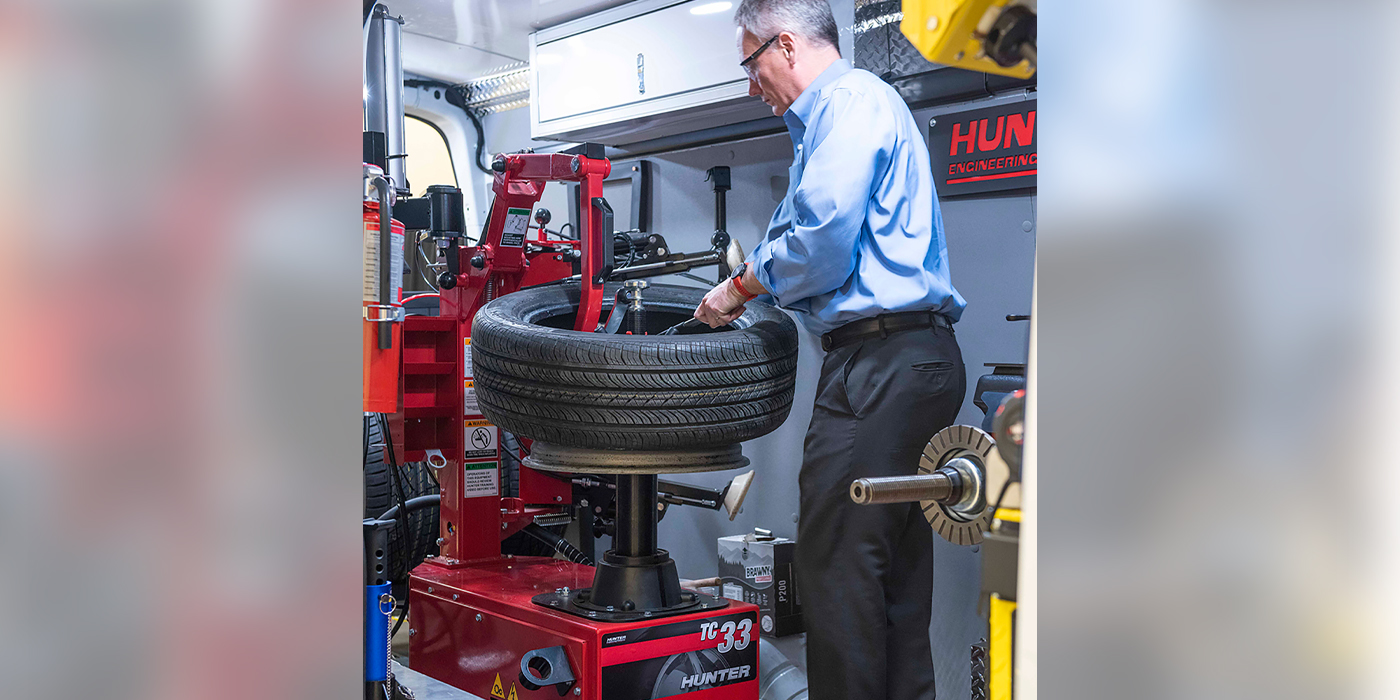Quick and Specialist Mobile Tire Repair Las Vegas Solutions
Quick and Specialist Mobile Tire Repair Las Vegas Solutions
Blog Article
Tire Solution: Proven Approaches for Ideal Tire Maintenance and Care
From ensuring proper tire pressure to regular turning and positioning, there are tested techniques that can considerably expand the lifespan of your tires and boost general driving experience. Allow's dive right into the globe of tire service and find the tricks to keeping your tires in first-class form for the long haul - Mobile Tire Change Las Vegas.
Relevance of Tire Stress
Proper tire stress is a vital consider ensuring optimum vehicle performance and security on the road. Maintaining the suggested tire stress levels supplied by the supplier uses various benefits. To start with, sufficient tire pressure advertises much better gas effectiveness, as under-inflated tires can bring about raised rolling resistance, creating the engine to work harder and take in more fuel. Appropriate tire stress makes sure also walk wear, enhancing tire long life and conserving money in the long run by delaying the need for early replacements. Furthermore, effectively blew up tires add to boosted handling and stopping abilities, critical for secure driving in various road conditions. Over-inflated tires, on the various other hand, can lead to lowered grip and a harsher trip. Alternatively, under-inflated tires are prone to getting too hot, which can lead to blowouts and crashes. Regularly changing and examining tire pressure, particularly in the past long trips, is a basic yet effective means to improve vehicle performance, extend tire life expectancy, and focus on safety when driving.
Tire Rotation Standards
When thinking about tire turning standards, it is necessary to understand the value of this maintenance job in making the most of tire life-span and preserving optimal lorry performance. Tire turning involves transforming the position of each tire on an automobile to guarantee also step wear. Front tires tend to use extra promptly than back tires because of steering forces, making normal rotation vital for balanced wear patterns. The advised turning pattern varies relying on whether an automobile is front-wheel, rear-wheel, all-wheel, or 4x4. Usually, tires need to be turned every 5,000 to 7,500 miles, or as advised in the automobile guidebook. Disregarding tire turning can lead to unequal wear, affecting handling, grip, and possibly compromising car security. By adhering to appropriate rotation standards, chauffeurs can expand the life of their tires, boost fuel efficiency, and improve overall driving experience. Normal turning is a straightforward yet efficient upkeep technique that contributes dramatically to tire durability and car performance.

Advantages of Wheel Positioning
Ensuring appropriate wheel alignment after tire rotation is important for maintaining balanced wear patterns and optimizing automobile performance. Wheel alignment describes the adjustment of the angles of the wheels to the supplier's specifications. One of the essential benefits of wheel positioning is boosted taking care of and guiding action. When the wheels are correctly aligned, it reduces steering effort, making certain a smoother and extra regulated driving experience. In addition, appropriate wheel alignment helps to prolong the life expectancy of your tires. Misaligned wheels can trigger irregular tire wear, leading to early tire replacement and boosted upkeep expenses.

Tire Footstep Deepness Inspect
Doing a routine inspection of tire walk depth is necessary for maintaining secure driving conditions and prolonging the life-span of your tires. The step on your tires these details plays a vital duty in supplying traction, specifically in wet or unsafe problems. To check your tire tread depth, you can utilize a tread depth scale or the cent examination. The suggested step depth goes to the very least 2/32 of an inch. If the walk deepness is listed below this threshold, it is time to replace your tires to make certain optimal efficiency and safety and security on the road. Irregular step wear can suggest concerns with tire placement, suspension, or pressure, highlighting the importance of normal walk depth checks. Overlooking to check and keep correct step deepness can bring about minimized grasp, longer stopping ranges, and a raised danger of hydroplaning. By including tire walk deepness checks right into your regular maintenance routine, you can drive with confidence knowing that your tires are in leading problem.
Seasonal Tire Evaluation
Seasonal tire evaluation is an essential facet of tire upkeep that makes certain tires Resources are ready to deal with the difficulties positioned by various weather conditions. In prep work for winter season, it is important to check the tire stress frequently as cool temperature levels can cause tire pressure to go down. By conducting regular seasonal tire examinations, vehicle drivers can extend tire lifespan, improve fuel effectiveness, and most notably, make sure a safe driving experience in differing weather problems.
Final Thought
In verdict, maintaining correct tire stress, turning tires routinely, straightening wheels correctly, keeping an eye on walk deepness, and carrying out seasonal examinations are vital methods for ideal tire care. By adhering to these confirmed methods, vehicle drivers can ensure their tires last longer, carry out far better, and contribute to total automobile safety. It is essential to focus on tire maintenance to avoid crashes, enhance gas performance, and prolong the life-span of tires.
Sufficient tire pressure advertises much better fuel performance, as under-inflated tires can lead to raised rolling resistance, creating the engine to work more challenging and eat more fuel.When taking into consideration tire rotation guidelines, it is important to recognize the relevance of this upkeep job in maximizing tire lifespan and keeping ideal vehicle performance. Seasonal tire examination is an essential aspect of tire maintenance that makes certain tires are all set to encounter the difficulties posed by various climate conditions. By his response performing regular seasonal tire inspections, drivers can extend tire lifespan, boost gas efficiency, and most importantly, guarantee a secure driving experience in differing weather condition conditions.
In verdict, keeping correct tire stress, revolving tires frequently, lining up wheels correctly, keeping track of tread deepness, and conducting seasonal assessments are necessary techniques for optimum tire care.
Report this page